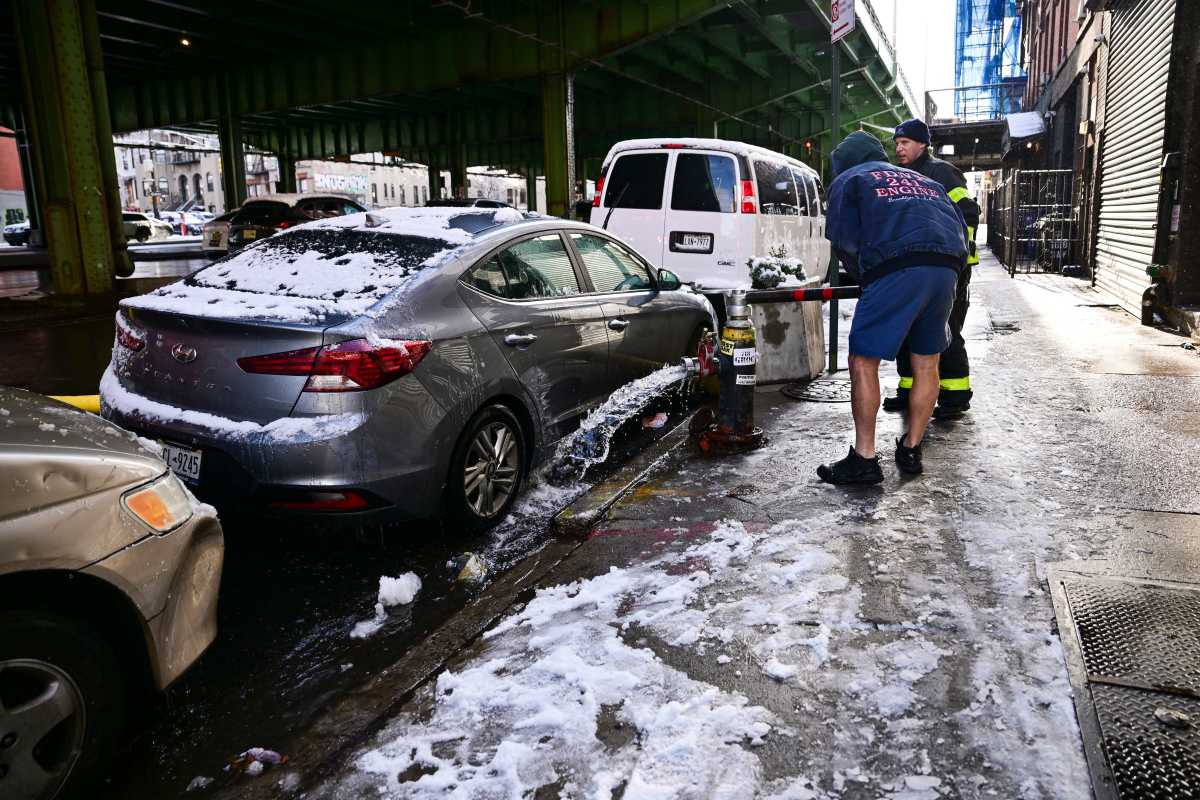New York City’s waterfront has experienced a striking resurgence – with new parks, housing, boardwalks, kayaking, bike lanes, cultural spaces, jogging paths, tennis courts, soccer fields, light industrial firms, offshore wind facilities, and even trampoline nets over the past 25 years. After decades of decline, old, neglected piers and decaying warehouses have been brought to life, connecting New Yorkers with their greatest natural resource: more than 500 miles of coastline.
The Manhattan pier that was built to welcome the Titanic is now a floating park and performance space attracting visitors from around the world. The two-and-a-half mile Coney Island boardwalk, rebuilt after Superstorm Sandy, now has safe, elevated bathrooms designed to withstand almost any hurricane. Even the Bronx River has been restored so that fish can survive and New Yorkers can canoe. And the Rockaways – our own surfing mecca as well as a favorite for fit sunbathers – is a hipster hotspot on summer weekdays and weekends, with NYC Ferry service shuttling throngs of New Yorkers to the Queens shore.
Of course, the greatest change in our waterfront has been the conversion of Brooklyn’s old industrial piers. There’s the spectacular Brooklyn Bridge Park, with something for almost every age group, from a restored Carousel to soccer fields to its own marina. Or look at the Brooklyn Navy Yard, where Civil War shipyards are now a hub for light industry, artists, film production, and high-tech firms, along with serving as a home for New York City’s own navy — the rescue boats of the Fire Department of New York.
Naturally, New York City has saved the toughest challenge for last. The current piers on the Red Hook waterfront are too old for modern shipping. Yet now, New York has a plan to revitalize this 122-acre site with new piers and maritime infrastructure that will be the key to new “blue highways,” moving cargo by barges around the city. In addition, there will be nearly 8,000 units of housing, including more than 2,600 affordable units, in a community where less than a dozen new affordable housing units have been built in a decade. Plus, the plans call for new resilient parks and open space. Most important, the initial design of this site has been developed by a 28-person Task Force – a citizens’ advisory group that has worked to balance the competing priorities of the local community, the dockworkers, environmentalists and elected officials.
A handful of public officials have had the courage to pursue this waterfront challenge: Andrew Kimball, President of the New York City Economic Development Corporation, plus Congressman Dan Goldman, State Senator Andrew Gounardes, and City Council member Alexa Aviles — who chair the Task Force. Everyone agrees that they have to do something, but this is New York City, so they don’t agree on how.
For example, Manhattan Congressman Jerry Nadler, who used to represent this area and oversaw the decades-long decay of the port, felt obligated to weigh in against the new plan. Yet somehow, mere months after Nadler left, the New York City Economic Development Corporation was able to work with Red Hook’s new representative to secure $164 million in federal funding for the site. Go figure.
There are also local residents who want more affordable homes — but only a mix of housing can generate the revenue needed to pay for the new port facilities that will replace worn-out piers.
Others just oppose anything that brings new residents to the neighborhood. They are the ones partially responsible for New York City’s broad failure to build new housing – even if no one will be displaced.
In the coming weeks, the Task Force will vote to approve or reject the preliminary plans for the Brooklyn Marine Terminal. This is one of those rare moments when New York City has a chance to do something that creates jobs, housing, parks and improves the natural environment. It’s easy to say no, to press for a fantasy in which all housing is subsidized and big cargo ships return to the Buttermilk Channel, or to do nothing but maintain the ideological, anti-development purity that leads to waterfront decay and decline.
But New Yorkers deserve a waterfront for the 21st century, not a relic of the 19th century. Once in a generation, we get intelligent, responsible leadership – with the courage to focus on the future rather than be tied to the past. At the Brooklyn Marine Terminal, we have those courageous leaders and we have a fleeting shot. If New Yorkers reject this plan, it will be another generation before we get another one.






































